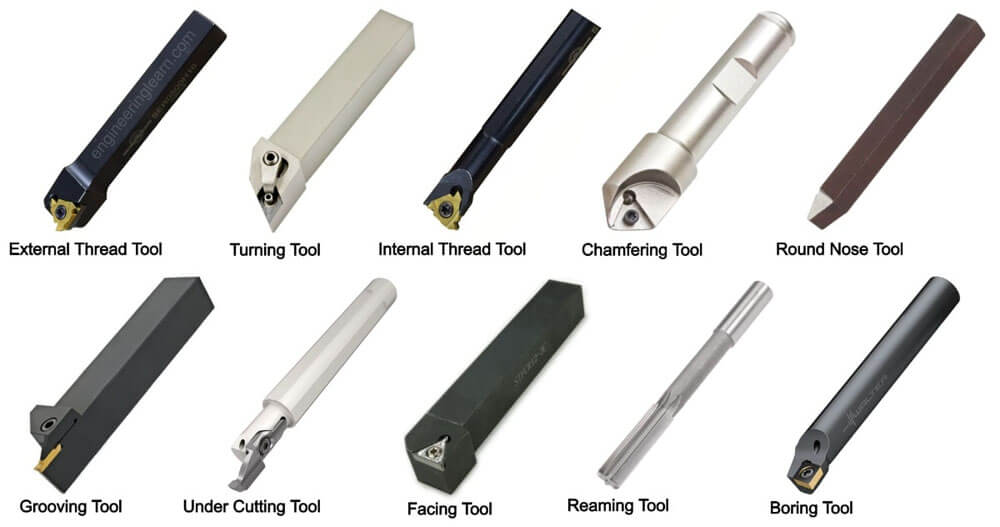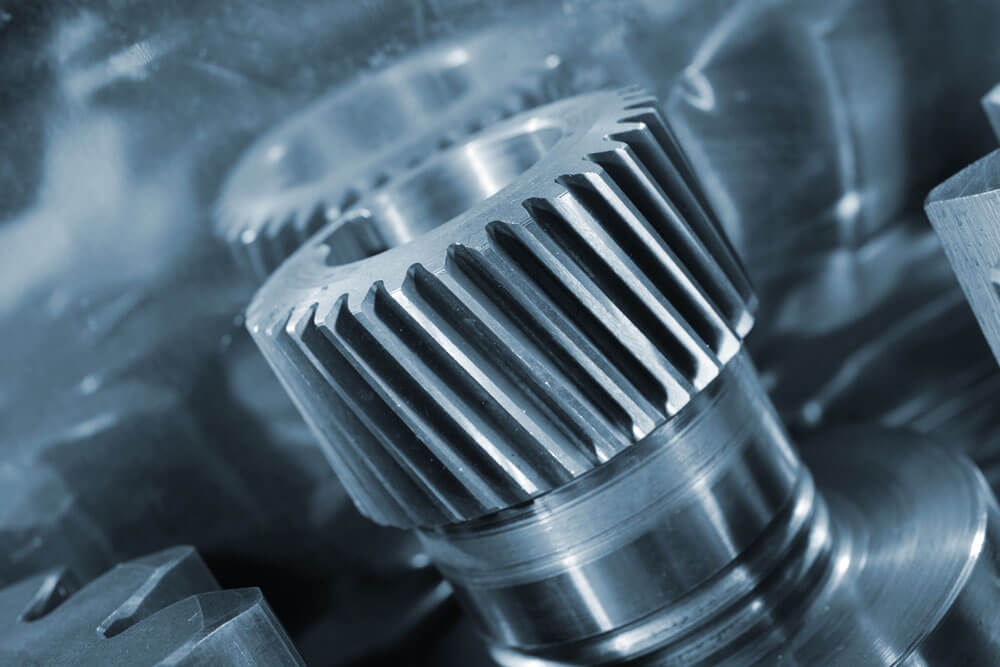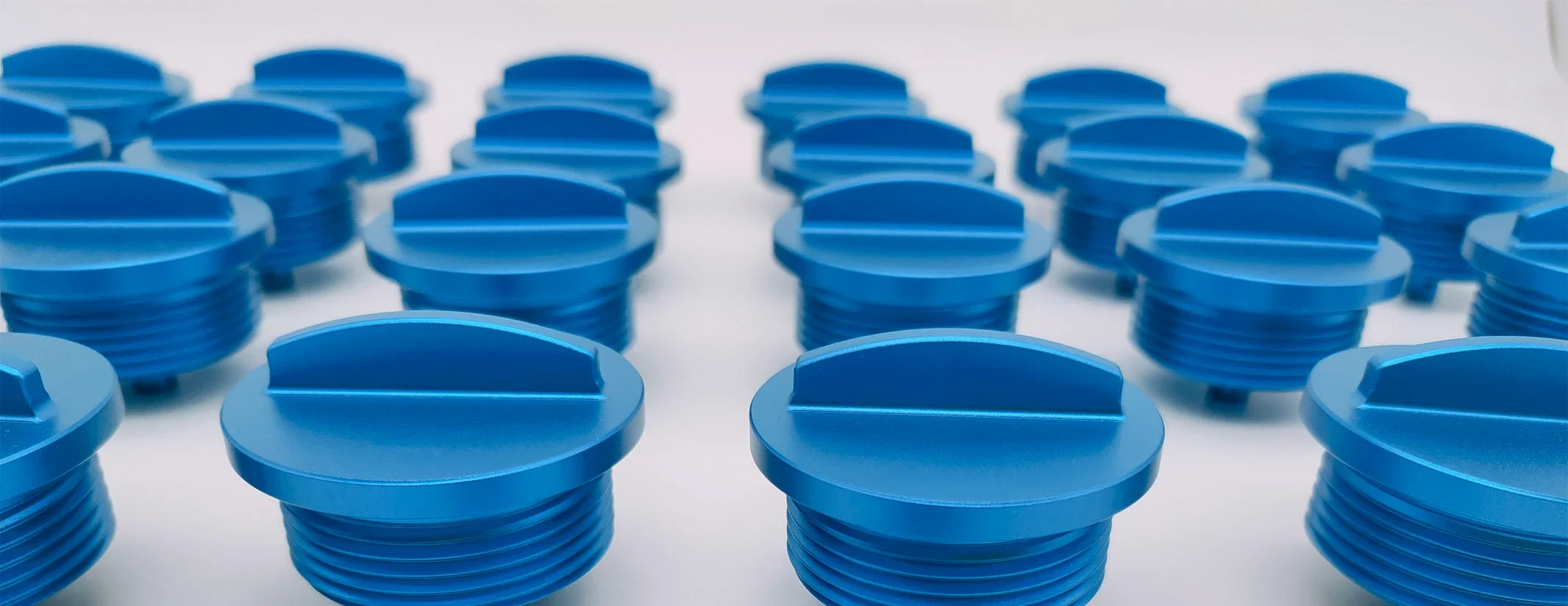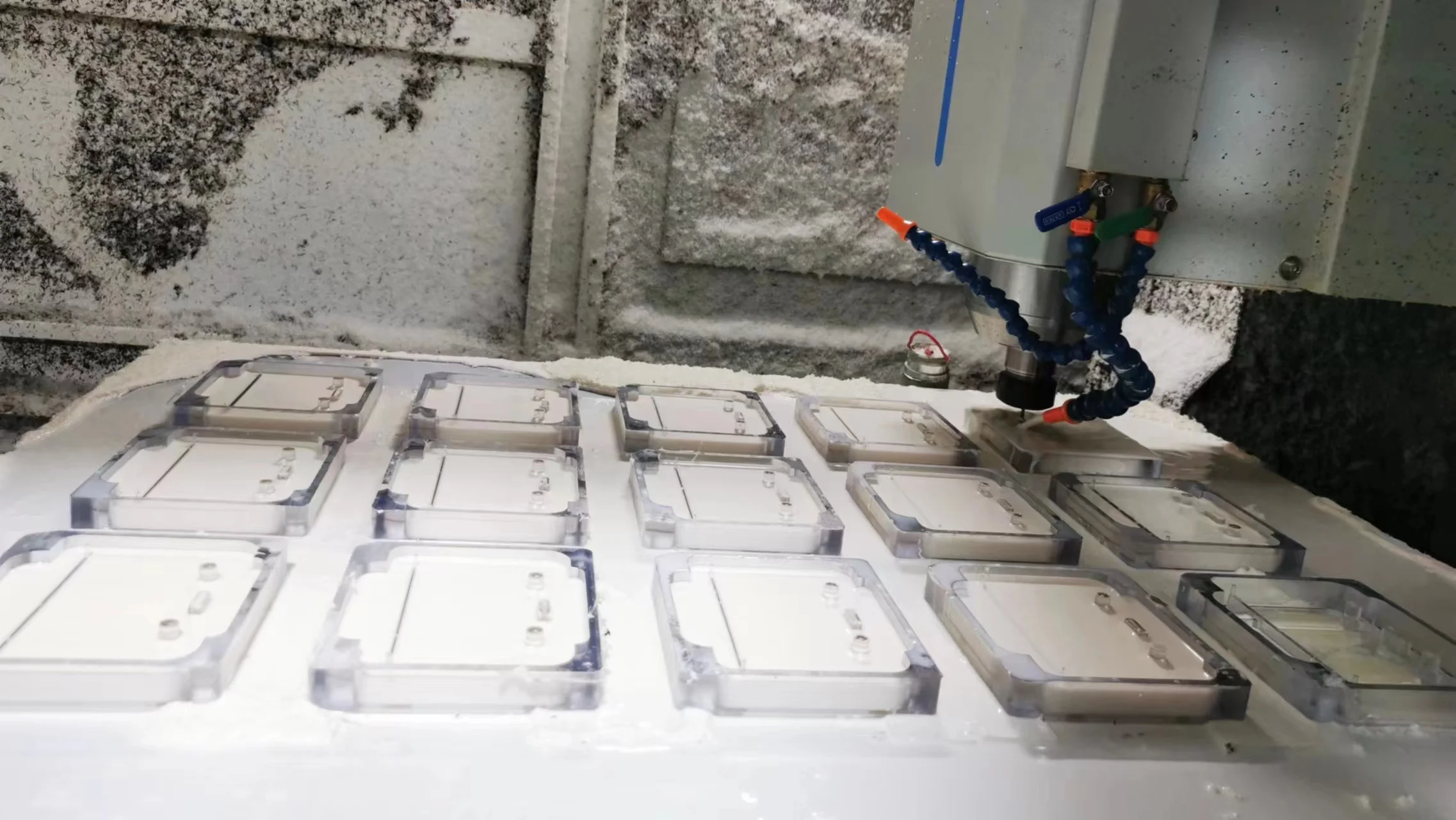Table of Contents
Different types of lathe tools are used in CNC turning. If you know enough about CNC machining and want to learn more about cutting tools, you may find this guide helpful.
CNC turning is a well-known process of shaping components from workpieces of various types of materials. The essential point of CNC turning is the cutting tools utilized. However, readers are often given incomplete and confusing information about them, resulting in difficulty in purchasing suitable ones for a particular purpose.
Read below about all the existing cutting tools of lathe machines, their distinctive purposes, recommendations on choosing ones, and answers to some frequent questions.
1. What are the cutting tools of a lathe machine?
Although the answer may seem evident, cutting tools are not primitively intended to cut parts of material from a workpiece. They are more like instruments for complex design and are known to be highly specific.
The most significant distinctive feature of all lathe-cutting tools is that they are fed to a spinning workpiece. Thus, they form symmetrical, from an axial perspective, designs in a cylindrical shape.
All lathe-cutting instruments are single-point ones and are held by tool holders. The shaping outcomes depend on the angle they feed to a workpiece, cutting speed, feed rate, and depth.

2. Classification of lathe cutting tools (types of turning)
One of the non-obvious ways to categorize lathe-cutting tools is to divide them into two major groups. The first of which are fed at a certain angle for some operations and can be either right-hand or left-hand intended tools. Others are neutral tools and are fed perpendicularly to a workpiece.
Some tools can belong to both groups. You can see examples in the image and read descriptions of major groups of tools below.
Roughing tools
They are designed to cut off the outside layer of the material of a workpiece to the approximately correct size.
Turning/finishing tools
Being different in precision, turning and finishing tools are needed to remove material from the workpiece directly, making a sufficient surface with lower or higher accuracy, respectively.
Facing tools
They are used to cut flat surfaces on a workpiece.
Grooving tools
Such instruments are intended to cut external or internal grooves and other machining operations such as cutting slots.
Forming tools
They are designed flat or circular and used to form a shape with the required dimensions.
Thread cutting tools
They are necessary to create screw threads in a workpiece. It moves across the piece linearly, taking chips off the workpiece with each pass.
Drilling
Drilling in turning involves creating round holes straight into the workpiece using a drill bit. The workpiece spins while the drill is held stationary, or vice versa, allowing for precise hole placement. This process is commonly used to start holes for other machining operations.
Undercutting tools
Such instruments create recessed surfaces that are inaccessible using a straight tool.
Boring tools
They aim to produce holes by either detaching material or pushing it to one side, as a needle does, without removing it.
Chamfering tools
Such instruments are one of the most common ones and are used to eliminate sharp edges leaving a sloped surface.
Reaming tools
They are used to enlarge an existing hole to achieve a new size and shape if needed.
Parting tools
Such narrow-bladed tools are used in turning for cutting a piece in two.

3. How to select lathe machine tools
As described in the previous sections, lathe-cutting tools are numerous and highly specific. A high-quality component cannot be obtained without the use of particular tools intended to create a programmed design on a predetermined material. Find below the list of key points to consider while selecting lathe machine tools.
A particular design intended to be shaped by a tool being selected.
Speed of spinning a workpiece during the machining (some metals may not be sustainable enough).
The angle at which a cutting tool is intended to be fed to a workpiece (neutral, left-hand, right-hand).
Type of material a workpiece is made of (kind of metal of a cutting tool is to be adjusted accordingly).
Physical parameters of a tool, which include insert geometry of a tool, insert grade, insert shape, lead angle, and insert nose radius.
If chosen appropriately, a cutting tool will suit a particular intended purpose and effectively function.
4. FAQ
1. How to reduce vibration in cutting tools?
Vibration is a response to a mechanical system deteriorating its performance. It is known that the parameters of machining affect vibration. Thus, increasing the cutting speed decreases the vibration. Simultaneously, increasing the depth of cut and feed rate increases the vibration.
It is recommended that the CNC turning machine’s settings be revised to be more optimal without compromising the quality of finished components.
2. Why do cutting tools need to bend?
The following are why cutting tools bend or are deformed in any other ways.
- Bending strength and toughness are low compared to the material being cut.
- Excessive force.
- High stresses and temperature.
- The hardness of a tool is not enough.
- Low-pressure resistance of a tool.
- Tool wear is inappropriate.
3. What are two types of threading cutting tools?
Taps and dies are the cutting tools intended to create screw threads. The first ones are designed to form the female portion of the mating pair, while the second ones cut the male portion. In the above text, you can find additional information in the “Classification of Lathe Cutting Tools” section.
4. How to remove rust from cutting tools
Removing corrosion that mechanical methods cannot treat with chemical acids is not recommended as it may damage processing accuracy. The acceptable ways to remove rust are immersion cleaning and wiping cleaning.
- Immersion cleaning. Add the professional cleaning stock solution into the plastic tank and heat it to 40-50°C with an electric heater (further maintenance is recommended but not obligatory). Soak a cutting tool into the tank. To improve the efficiency, agitate the bath by a circulation pump or equal manual movement with any tool made of a neutral material – glass. Wait until the rust is completely dissolved, remove a tool from the tank, and rinse it. After natural drying and dehydrating, apply rustproof.
- Wiping and cleaning. Wipe repeatedly with a rag and a cleaning solution. After wiping, dry it with hot air or naturally dehydrate it, and apply anti-rust oil.
5. What type of steel are lathe cutting tools?
Here is the list of all the materials lathe cutting tools can be made of.
- Carbon Steels
- High-speed steel (HSS)
- Cast cobalt alloys
- Carbides
- Cermets
- Ceramics, such as Alumina and Silicon Nitride
- Cubic Boron Nitride
- Diamond
It can also be noted that whisker reinforcement and coatings are applied to modify cutting tools made of some of the mentioned materials.
6. Why are coatings used on cutting tools?
Coatings are 2 -15 micro-m thick layers of material, including titanium nitride, titanium carbide, and aluminum oxide. Coatings are frequently applied, especially to carbide tools, to improve a cutting instrument’s life and/or to enable higher cutting speeds. Thus, coated tips typically live 10 times longer than uncoated ones.
7. What process is used most to coat cutting tools?
Techniques used for applying coatings are the following:
- Chemical vapor deposition (CVD). It is the use of thermally induced chemical reactions at the surface of a heated substrate with reagents supplied in gaseous form.
- Plasma-enhanced CVD (PECVD). This method is the form of CVD using plasma deposition to provide energy for the reaction, enabling it to be conducted at a lower temperature.
- Physical vapor deposition (PVD). It uses a metal vapor that can be deposited on electrically conductive materials in a vacuum chamber.
Summary
Cutting tools for CNC turning centers are vital parts intended for exact shaping of workpieces. Each cutting tool has its specific purpose, which can be classified by the angle they are fed to a workpiece.
To select a sufficient cutting tool is vital to consider machining parameters and materials both a tool and workpieces are made of.

Lucas is a technical writer at ECOREPRAP. He has eight years of CNC programming and operating experience, including five-axis programming. He also spent three years in CNC engineering, quoting, design, and project management. Lucas holds an associate degree in mold design and has self-taught knowledge in materials science. He’s a lifelong learner who loves sharing his expertise.







